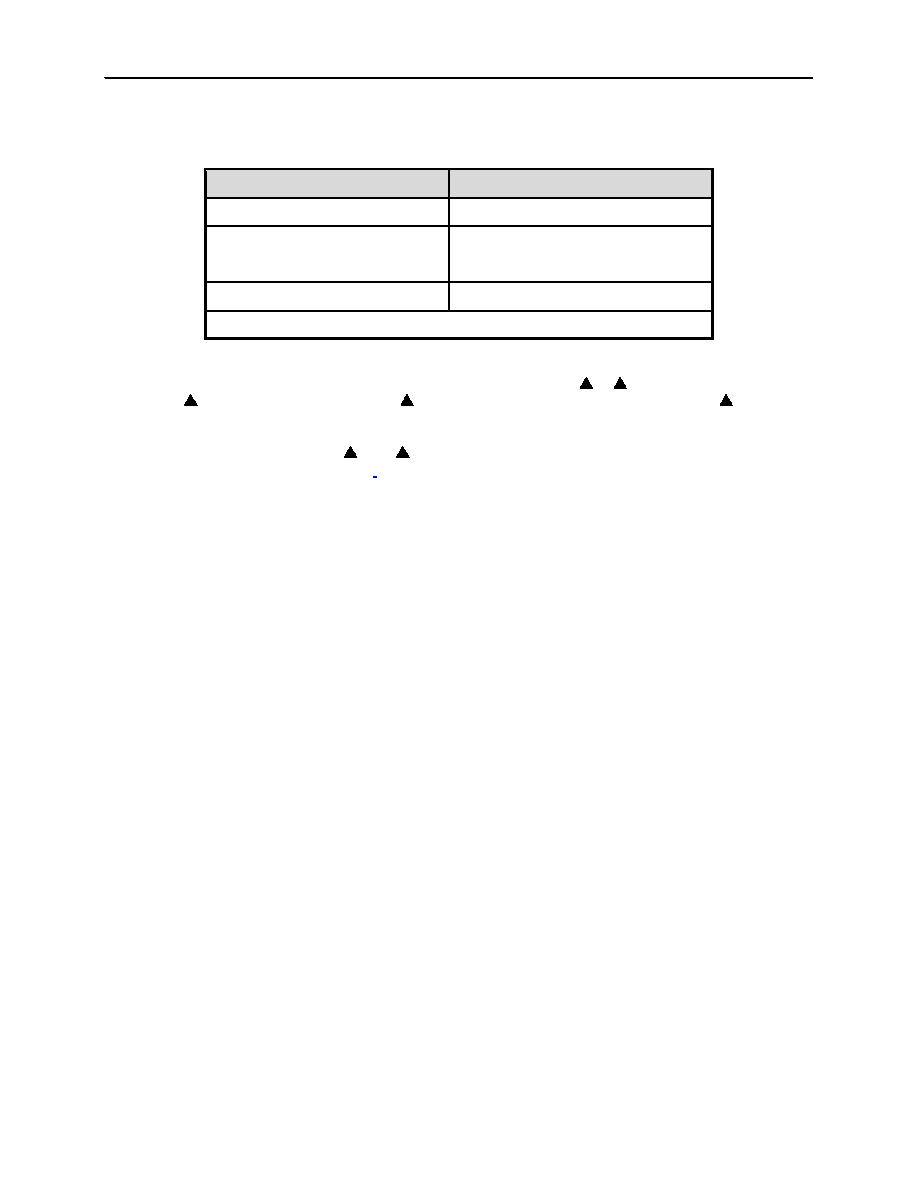 |
|||
|
|
|||
|
Page Title:
Figure 4-3. IFR Filing Criteria. |
|
||
| ||||||||||
|
|  JOINT ADVANCED MULTI-ENGINE T-44A
Weather Filing Criteria. Ensure weather minimums for the destination and alternate meet OPNAV
3710.7 filing criteria as listed below. However, regardless of actual or forecast weather conditions, on all
training events we will always file an alternate destination.
Destination WX
Alternate WX
0-0 ≤ WX < Published Mins
WX ≥ 3000-3
Published Mins ≤ WX < 3000-3
NP: WX ≥ Published Mins + 300-1
P: WX ≥ Published Mins + 200-1/2
WX ≥ 3000-3
NO ALT REQUIRED
OPNAVINST 3710.7 Fig. 4-1
Figure 4-3. IFR Filing Criteria.
Alternate minimums. Some civil and foreign approaches may have A or A NA in the remarks. While
the A does not apply to military pilots, A NA does apply and has serious implications. The A tells
civilian pilots the alternate minimums for the approach are non-standard and they must look in the front of
the IAP book for new alternate minimums. Since military services establish their own alternate minimums,
military pilots may ignore the A . The A NA tells civilian and military pilots the specific approach cannot
be used in order to qualify the field as an alternate because of a lack of either weather reporting facilities
and/or the capability to monitor the NAVAID. Without weather reporting facilities at the airport a pilot
will not be able to get a specific forecast for that airport as required by OPNAV 3710.7. The lack of
monitoring capability of the navigation facilities is a bigger problem. Without a monitoring capability the
pilot won't get any advance warning if the NAVAID is not operating. This means if the NAVAID goes off
the air, there is no one to issue a NOTAM to inform the pilot of the situation before an attempt is made to
identify and use the NAVAID.
(NWS) are responsible for issuing Severe Weather Bulletins (WW). A Severe Weather Watch is issued
when severe weather conditions are favorable for development and a severe weather warning is issued
when severe weather conditions are imminent or are occurring. The Naval Training Meteorology and
Oceanography (NAVTRAMETOC) serving Naval Air Training Command issues CNATRA Aviation
Weather Warnings (CAWWs) which may include embedded thunderstorms, severe thunderstorms, or
tornadoes. Also, if you are receiving a briefing from an Air Force weather shop, they may issue Military
Weather Advisories (MWA). The NWS also issues SIGMETs for severe convective and non-convective
phenomena. Convective SIGMETs are routinely issued for 2-hour periods and are reviewed/updated each
hour; non-convective SIGMETs are issued for 4-hour periods and are not normally updated. Do not file
into or through areas with an issued WW or CAWW unless one of the following apply:
(1)
Storm development has not progressed as forecasted for the planned route (only a qualified
forecaster can make the determination as to whether storm development has not progressed as forecasted).
In such situations:
Visual Flight Rule (VFR) filing is permitted if existing and forecast weather for the planned
route permit such flight.
Instrument Flight Rule (IFR) flight may be permitted if aircraft radar is installed and operative,
thus allowing detection and avoidance of isolated thunderstorms.
IFR flight is permissible in positive control areas if VMC can be maintained, thus enabling
aircraft to detect and avoid isolated thunderstorms.
(2)
Performance characteristics of the aircraft permit an enroute flight altitude above existing or
developing severe storms.
4-6
RADIO INSTRUMENTS STAGE
|
|
Privacy Statement - Press Release - Copyright Information. - Contact Us |